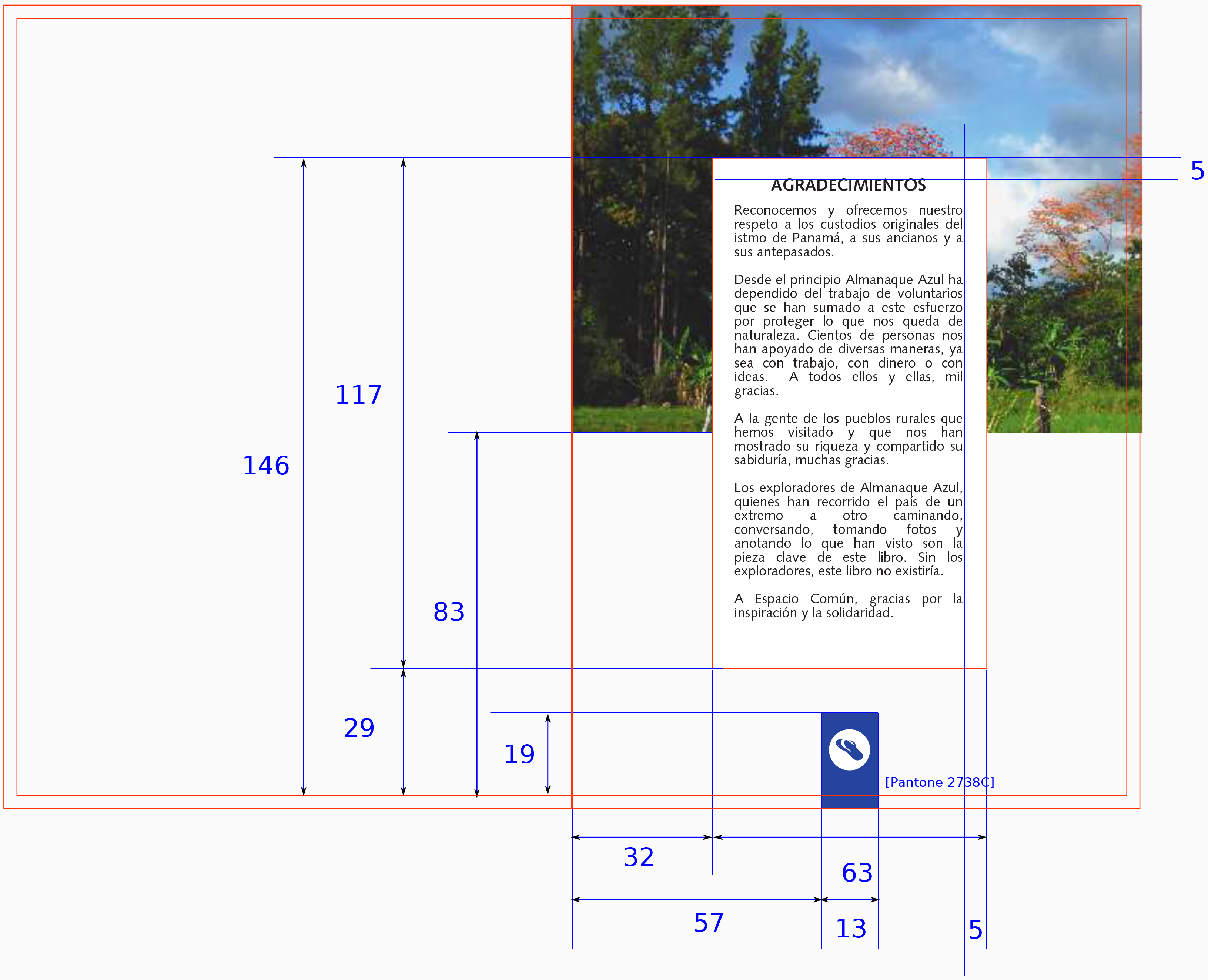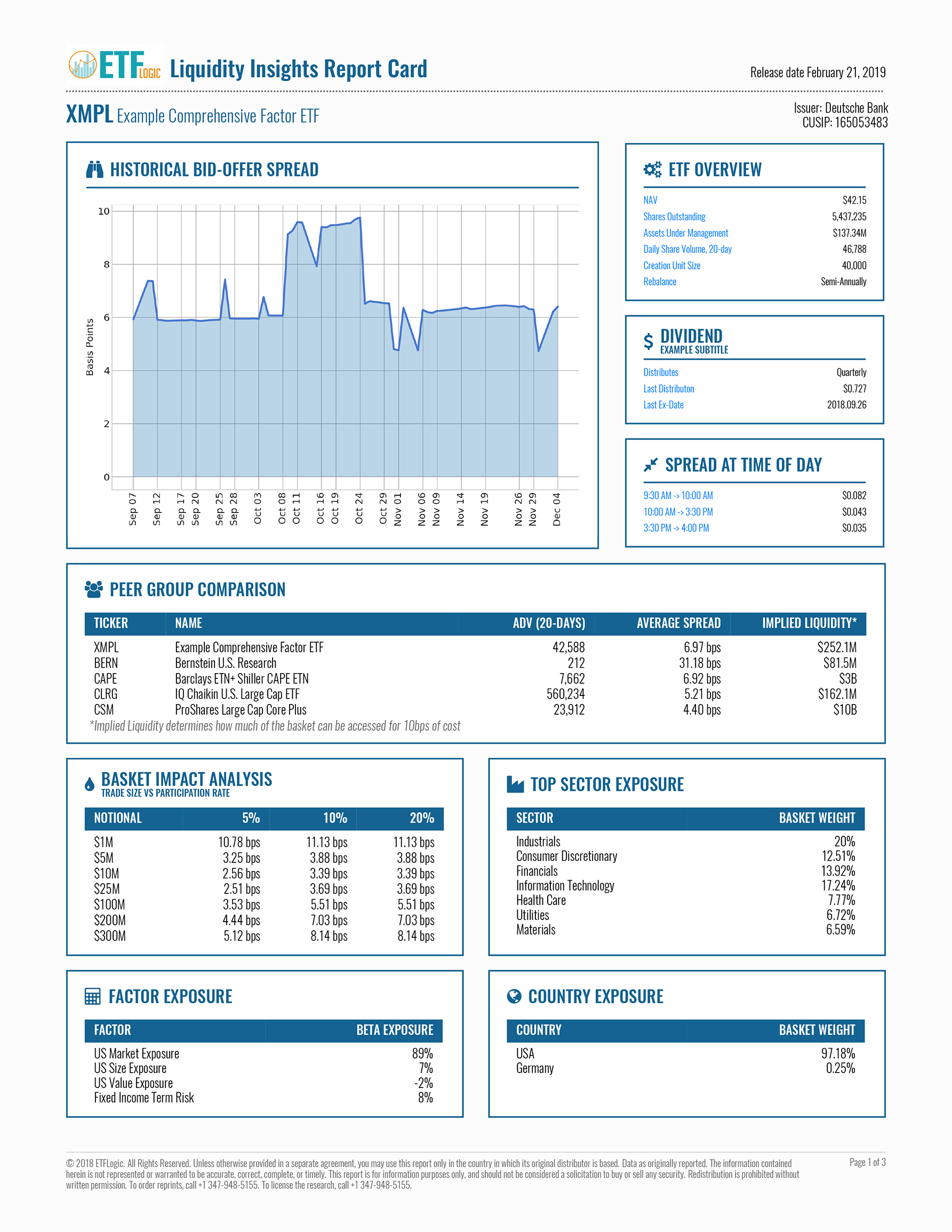Why Use LaTeX as a Business?
 LaTeX has the potential to be a document creation platform for commercial use. Besides being completely free to use, it has been around for over 30 years and continues to be used widely within academic and professional settings due to its advanced typographic capabilities and long term stability. Modern word processors lay out text in a on-the-go manner which often results in sub-standard typography. These processors are often incapable of the advanced structural and document element configuration options that LaTeX handles easily. The end result is that documents made in LaTeX look better, can have professional and unique layouts, and are not tied to a proprietary and inconsistent format that can change rapidly and lead to headaches and migration costs. The output from LaTeX is a standard PDF that works on every device, doesn't require special fonts installed, won't be superseded in a few years by a new version and keeps the document in your control.
LaTeX has the potential to be a document creation platform for commercial use. Besides being completely free to use, it has been around for over 30 years and continues to be used widely within academic and professional settings due to its advanced typographic capabilities and long term stability. Modern word processors lay out text in a on-the-go manner which often results in sub-standard typography. These processors are often incapable of the advanced structural and document element configuration options that LaTeX handles easily. The end result is that documents made in LaTeX look better, can have professional and unique layouts, and are not tied to a proprietary and inconsistent format that can change rapidly and lead to headaches and migration costs. The output from LaTeX is a standard PDF that works on every device, doesn't require special fonts installed, won't be superseded in a few years by a new version and keeps the document in your control.
Unfortunately, the benefits described above come at a cost—LaTeX can be a complicated system to set up, learn and use properly. The services offered here cater to commercial clients that are familiar with LaTeX and wish to create or customize a template to use within their business. The Template Creation/Modification Service involves the creation of a new template or modification of an existing LaTeX template or document to suit your specific needs. If you already have a template and just want help putting your content into it, the Template Typesetting Service can do this for you. Finally, if you want to make use of LaTeX's amenability to automation, take a look at the Document Automation Service.
LaTeX Typesetting is the service extension of LaTeXTemplates.com and is operated jointly. Being from the source of the templates, the services offered here are able to customize the templates on LaTeXTemplates.com where other services are not allowed to do so due to the non-commercial licensing clause on the templates. Many templates are available for a variety of document types commonly used in business: books, reports, invoices, presentations, letters, press releases and more.
Template Creation/Modification Service
 This service involves the creation or modification of a LaTeX template given your specific requirements. The result is a LaTeX template you can use to create any number of documents based on the layout and design you specify. It may be that you have an existing LaTeX document that you need help modifying, or you like the look of a template on LaTeXTemplates.com but wish it modified to suit your specific needs, or you may need an entirely new template created for a specific purpose.
This service involves the creation or modification of a LaTeX template given your specific requirements. The result is a LaTeX template you can use to create any number of documents based on the layout and design you specify. It may be that you have an existing LaTeX document that you need help modifying, or you like the look of a template on LaTeXTemplates.com but wish it modified to suit your specific needs, or you may need an entirely new template created for a specific purpose.
Your specifications are crucial to this service and you can supply them in any way you want. A written description is adequate, but you can also supply design layouts, drawings or existing documents that you would like copied (provided there are no copyright issues). The specifications will be precisely implemented and we will work collaboratively across several iterations until you are happy with the end result.
One of the immense benefits of LaTeX in a commercial setting is its ability to perform automated tasks such as calculations, pulling in document content from a separate file generated by another application, or using the same information in multiple places within a document with easy-to-populate variables. LaTeX Typesetting will discuss how your specifications can make use of these benefits during the enquiry process.
LaTeX can be daunting to employees who may not be familiar with it, so every template created separates document content from styling commands. Practically, this means the entirety of the code required to create your template's layout is housed in a class file, while the content of the template is in a single clean template.tex file. The internals are further hidden from the user within template.tex by using custom commands for all repeated and structured elements, such as \invoiceitem{Legal consulting charges}{2.5}{100}{January 20th 2022} for adding a line to an invoice table for 2.5 hours at the rate of $100/hour incurred on January 20th 2022. Finally, all code is extensively commented so those who are comfortable with LaTeX and wish to modify the template later are able to quickly find the correct location to make the change they want.
Interested?
Template Typesetting Service
 Template typesetting involves taking the document content you've already written or generated, and placing it inside a LaTeX template of your choosing. Your content may be in any format: a Word document, PDF, text file, image file, table, etc. The template used can be a publicly available template from LaTeXTemplates.com, your own template or one created for you by LaTeX Typesetting. The output of this service is the compiled PDF with your content and the files required to compile it yourself, so you can make modifications in the future. An example application of this service is to take a project report you have written in Word and typeset it in an article template to make it look professional. See an example of this improvement on the Showcase page.
Template typesetting involves taking the document content you've already written or generated, and placing it inside a LaTeX template of your choosing. Your content may be in any format: a Word document, PDF, text file, image file, table, etc. The template used can be a publicly available template from LaTeXTemplates.com, your own template or one created for you by LaTeX Typesetting. The output of this service is the compiled PDF with your content and the files required to compile it yourself, so you can make modifications in the future. An example application of this service is to take a project report you have written in Word and typeset it in an article template to make it look professional. See an example of this improvement on the Showcase page.
This service is suited to those who like the look and technical strengths of LaTeX but don't have the desire or time to learn and/or operate LaTeX, or just need a helping hand in adding some complex information into an existing document.
Interested?
Document Automation Service
 LaTeX documents are plain text files and can be easily compiled in an automated way. This service is for businesses who want to take advantage this amenability to automation. This covers a wide range of scenarios:
LaTeX documents are plain text files and can be easily compiled in an automated way. This service is for businesses who want to take advantage this amenability to automation. This covers a wide range of scenarios:
Specifying Document Variables for Your Workflow
If you already have code and a server for producing documents using LaTeX, LaTeX Typesetting can interface between your automation code and the LaTeX template by making it easy to populate the template with your dynamic content. This will usually require a list of locations in the template that you would like to expose as modifiable by your automated process. Each such location can then be defined by a custom LaTeX command to be populated at the top of the template file by your code. For example, let's suppose you want to produce invoices in an automated way. Each invoice has information about your company that doesn't need to change, such as your company name, email address and phone number. This information is hard-coded in the template. Other information—such as the payee's name, address and phone number—will change from invoice to invoice and may appear in more than one place. This information can be pulled out into custom commands such as: \payeename{[[[PAYEENAME]]]}, \payeeaddress{[[[PAYEEADDRESS]]]} and \payeephone{[[[PAYEEPHONE]]]}. Your automation code then simply needs to run a regex for each variable, e.g. [[[PAYEENAME]]], and substitute in the current value before compiling. Alternatively, you may wish to write your dynamic content to separate text files that the LaTeX template reads and uses their values where specified.
Automated Document Production Server
LaTeX Typesetting can help you create an automated document production workflow by providing advice or creating the required infrastructure to your specifications. This is a highly customized service and may involve setting up servers on AWS, using Docker to compile templates, writing scripts to use regular expressions to replace template variables, performing calculations on dynamic content using LaTeX (such as calculating the tax in an invoice), and moving finished documents to a central location (such as AWS S3).